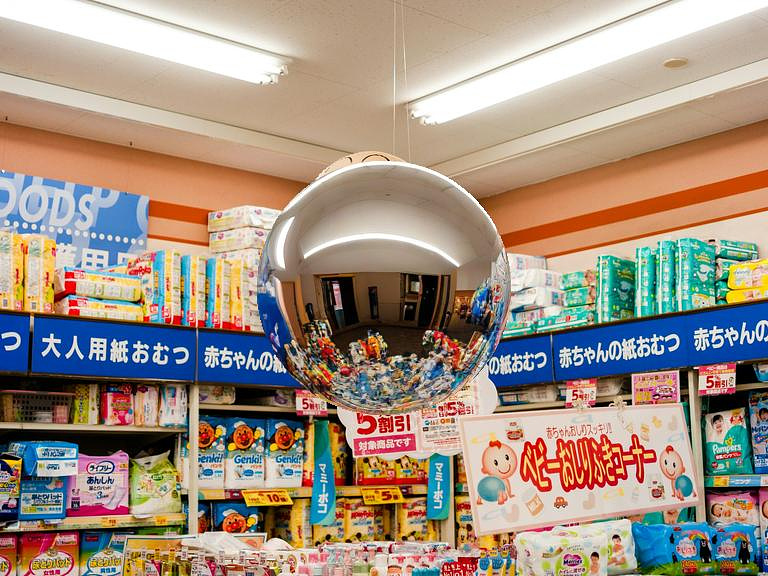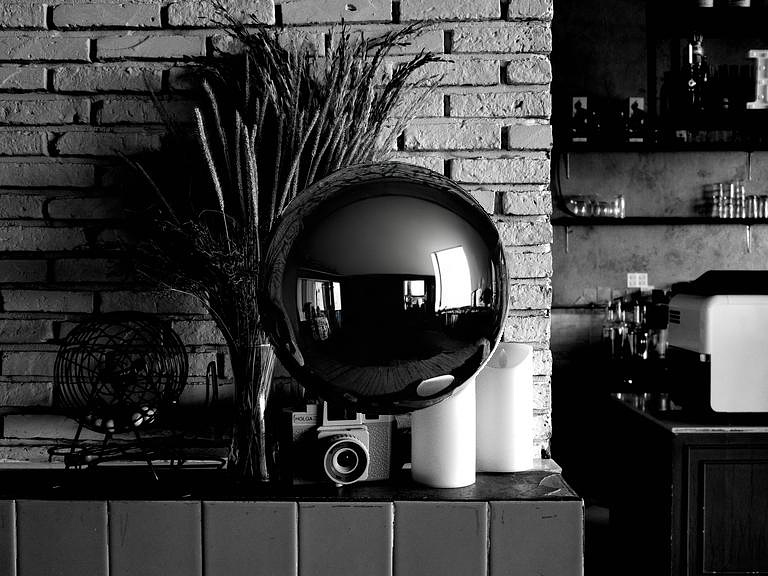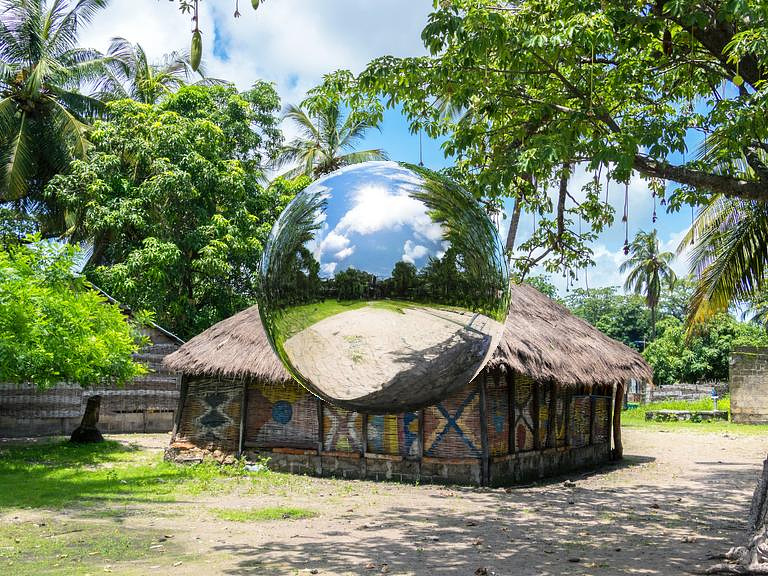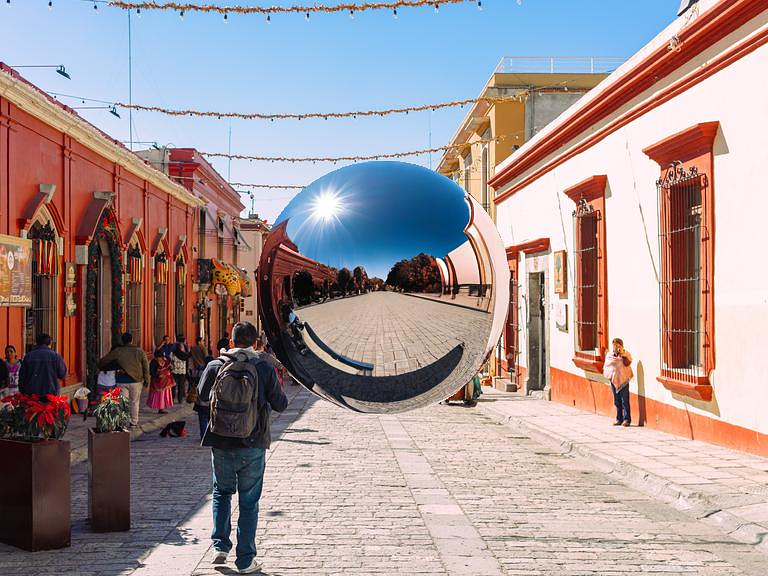
Industry News
DiffusionLight: Light Probes by Painting a Chrome Ball
DiffusionLight presents a novel technique for estimating lighting in images. It addresses the limitations of current methods that rely on HDR panorama datasets to train neural networks to regress an input with limited field-of-view to a full environment map, which often struggle in uncontrolled, real-world settings.
The solution involves using diffusion models trained on a vast array of standard images to render a chrome ball into an input image. Despite challenges in creating HDR images and inserting correct objects, the technique uncovers a relationship between the appearance of chrome balls and diffusion noise maps. This method allows for consistent generation of high-quality chrome balls, and it's fine-tuned to perform exposure bracketing for HDR light estimation, leading to convincing light estimates across various settings.
The solution involves using diffusion models trained on a vast array of standard images to render a chrome ball into an input image. Despite challenges in creating HDR images and inserting correct objects, the technique uncovers a relationship between the appearance of chrome balls and diffusion noise maps. This method allows for consistent generation of high-quality chrome balls, and it's fine-tuned to perform exposure bracketing for HDR light estimation, leading to convincing light estimates across various settings.
Our technique can estimate lighting for a variety of input images, such as indoor and outdoor scenes, close-up shots, paintings, and photos of human faces. Here, we show our predicted chrome balls in a normally exposed version (EV0) and an underexposed version (EV-5).
You must be logged in to post a comment. Login here.
About this article
DiffusionLight presents a novel technique for estimating lighting in images. It addresses the limitations of current methods that rely on HDR panorama datasets to train neural networks to regress an input with limited field-of-view to a full environment map, which often struggle in uncontrolled, real-world settings.
visibility290
favorite_border0
mode_comment0










